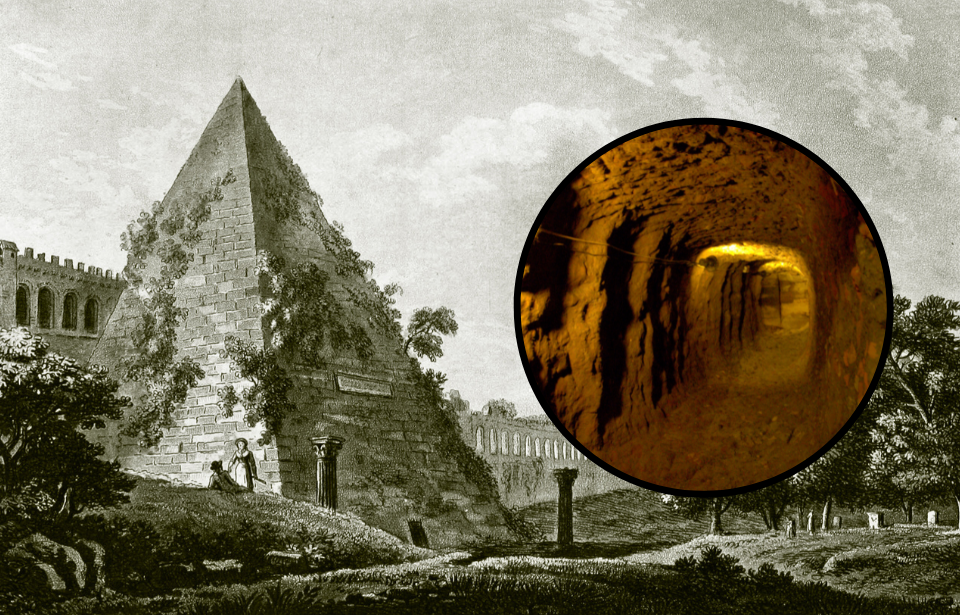Upon the mention of pyramids, one almost immediately thinks about Egypt and the Giza Plateau, where the famous pyramids tower over sandy Saqqara. These structures were built by thousands of unknown men to serve as resting places for people who wanted to remain known for eternity. However, there are many other, lesser-known pyramids throughout the world. These include Mad Jack Fuller’s pyramid-shaped grave in Britain; the pyramid of Alexander Golod, who decided to erect pyramids outside of Moscow, Russia; and the Nubian pyramids of Sudan. However, one of the most unique pyramids is that of the Pyramid of Cestius in Rome, Italy.
Pyramid of Cestius
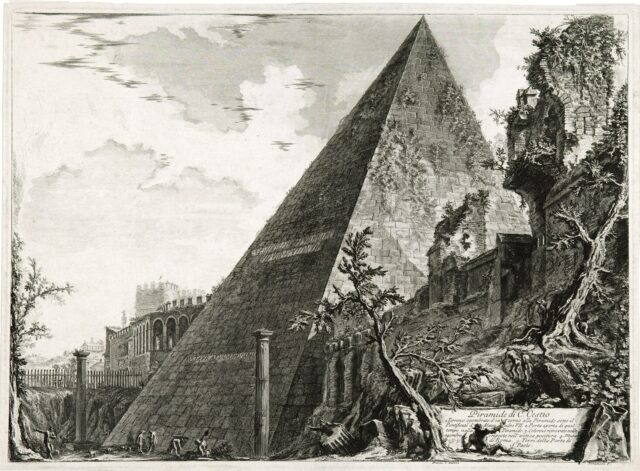
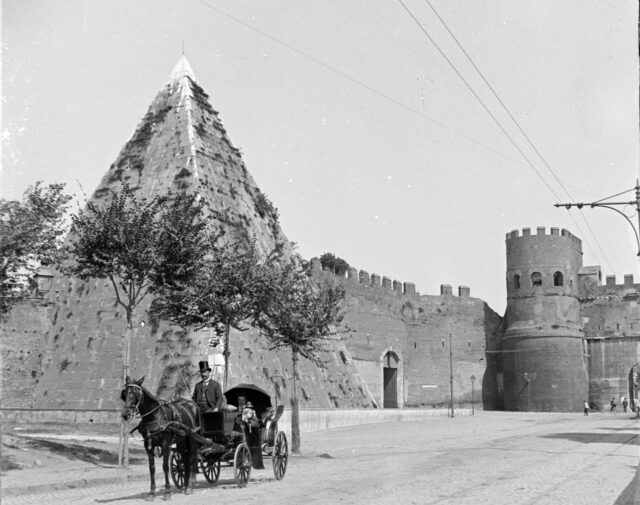
Found not far from the ancient city gate Porta San Paolo in Rome, the Pyramid of Cestius is a pyramid that, like most others, was built to serve as a tomb. The tomb was built to house Gaius Cestius, a member of the Epulones, one of the four religious corporations of the day. It was constructed between the years 18 and 12 BC and stands in the middle of two ancient roads, one of which is the famous Via Ostiensis, which ran from Rome to the port of Ostia Antica.
The pyramid is 100 Roman pes (97 feet) square at its base and towers 125 pes (121 feet) over these ancient roads. The interior contains a rectangular opening with a barrel vault that serves as a burial chamber. The dimensions of this come in at about 20 feet long, 13 feet wide, and almost 16 feet high.
Opening the chamber
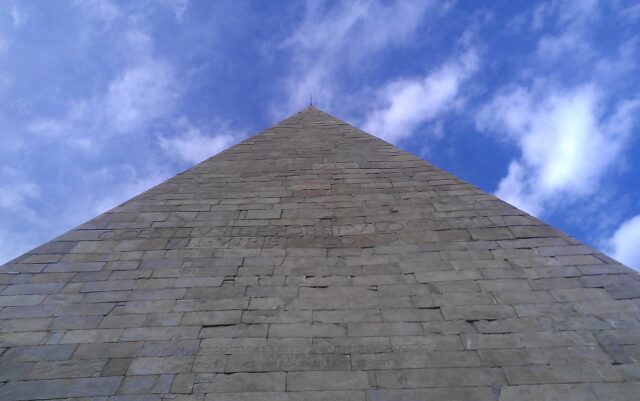
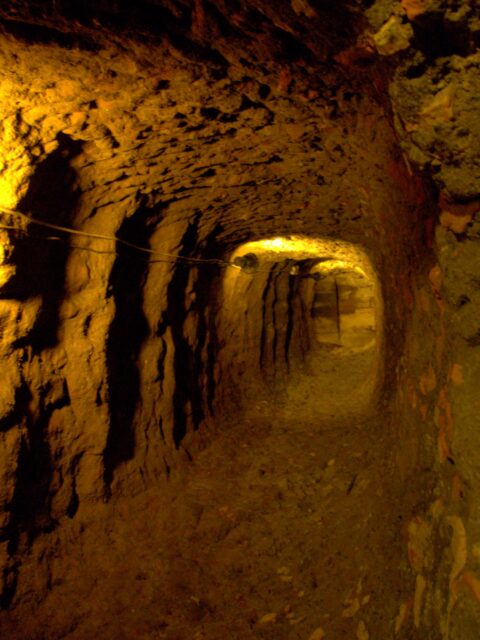
The chamber was originally sealed, but in 1660, when the chamber was re-opened centuries later, it was discovered that it was filled with frescoes. Italian painter and engraver Pietro Santi Bartoli made sure to record these decorations, but unfortunately, only a small portion of these frescoes have been able to survive today.
Historians have managed to discover that even though the pyramid was sealed upon its completion, it was nonetheless plundered at some point in antiquity. Given its ancient origin, public visits were forbidden until 2015 when restoration works were finally completed. Until that point, only researchers and scholars were allowed inside, with special authorization.
Other pyramids in the area
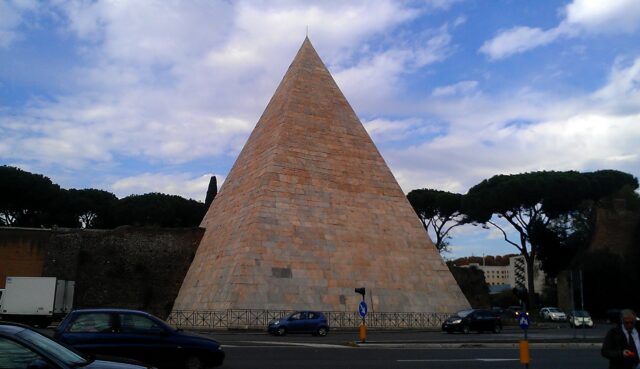
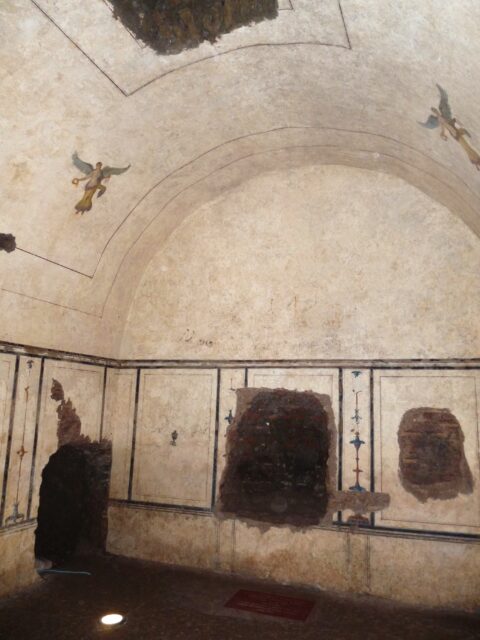
The exterior of the pyramid is covered with white marble, under which are bricks and concrete. While the Pyramid of Cestius is unique, it wasn’t the only pyramid to be built in Rome. The Pyramid of Romulus, which was considerably larger, was deconstructed and its white marble used to construct the stairs of St. Peter’s Basilica. Alternatively, the Pyramid of Cestius is mostly intact and bears a number of inscriptions. According to the book Rome: An Oxford Archaeological Guide by Amanda Claridge, “the tomb was built in accordance with Cestitus’ will, taking only 330 days.”
During the medieval ages, there were speculations that this pyramid and Pyramid of Romulus were actually the resting places of legendary twin brothers Romulus and Remus. During the 17th century, the real inscriptions were uncovered during excavations by Pope Alexander VII, which involved tunneling into the tomb’s burial chamber.
The pyramid today
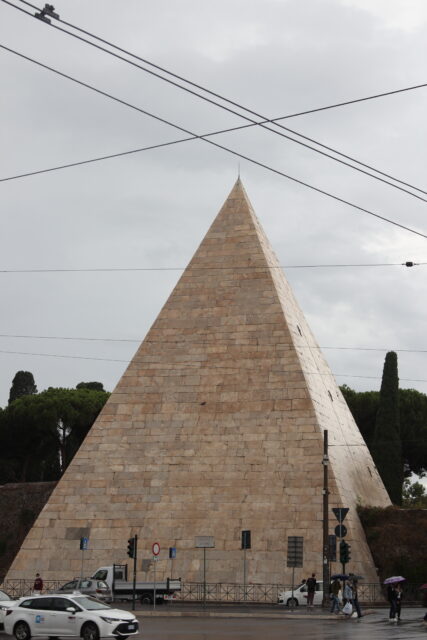
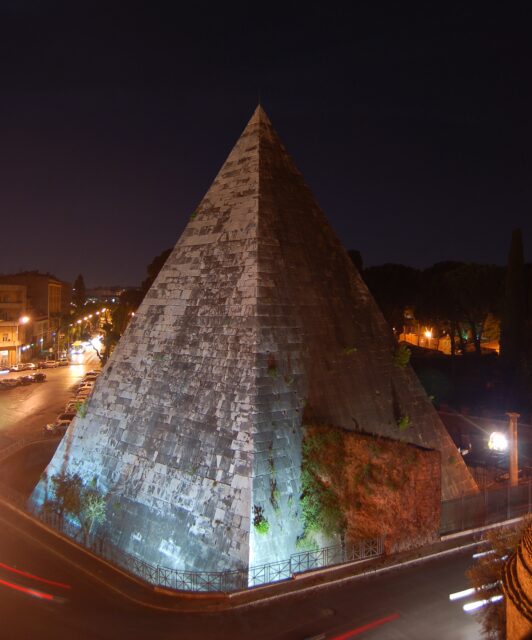
When the pyramid was erected it stood outside the city walls, for it was forbidden to have tombs within the city limits. However, as Rome continued to expand, it was not long before the pyramid was already surrounded by a number of structures – in fact, this happened as early as the 3rd century.
Read more: The Pyramid of Austerlitz: The monument built to honor the victories of Napoleon Bonaparte
Today, the pyramid is one of the most important ancient structures in Rome. It attracts thousands of tourists who are now permitted to visit the interior chamber, but only on certain days. Surrounding by modern infrastructure, the pyramid is one of many reminders in Rome of the ancient world that continues to stand with us today.
